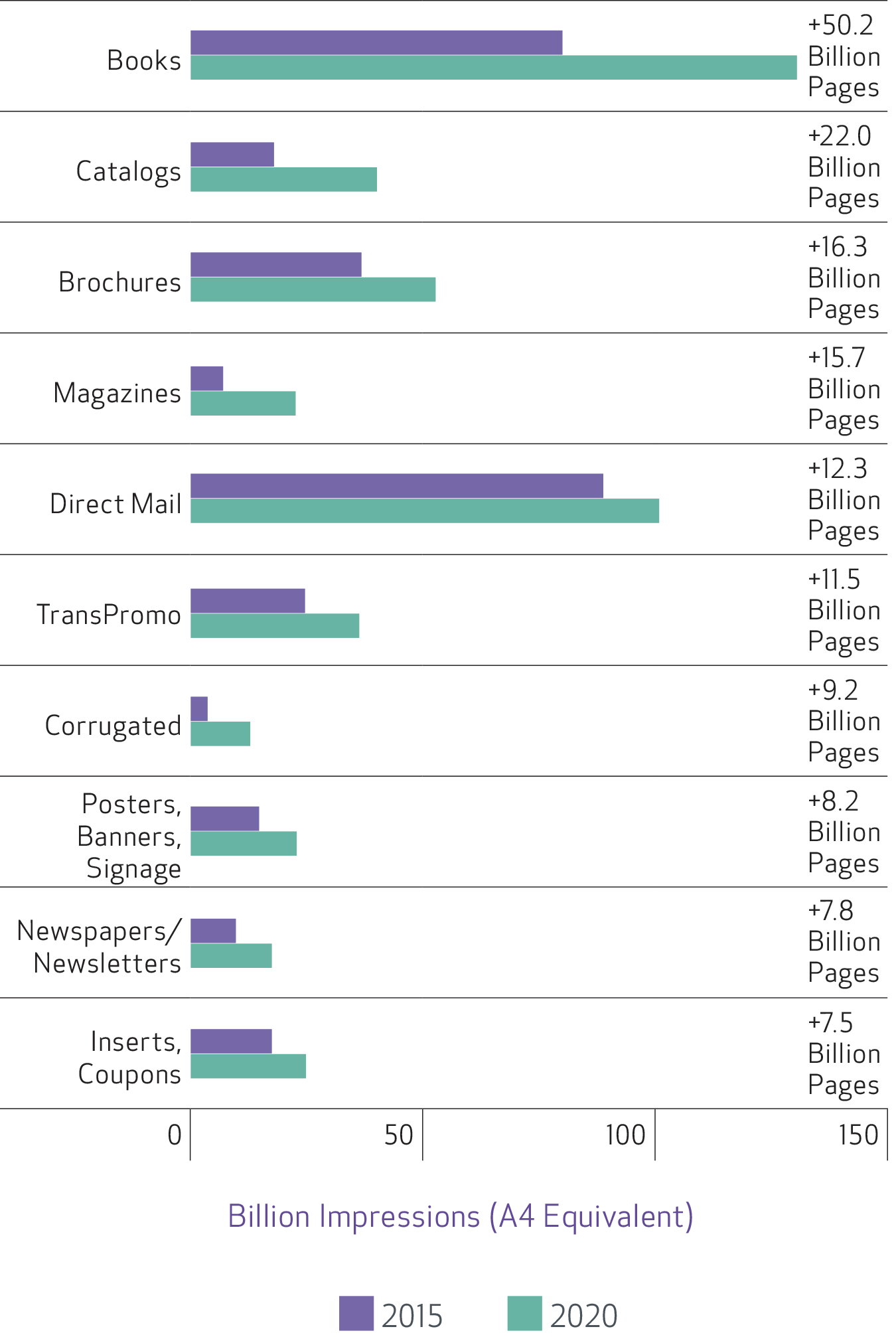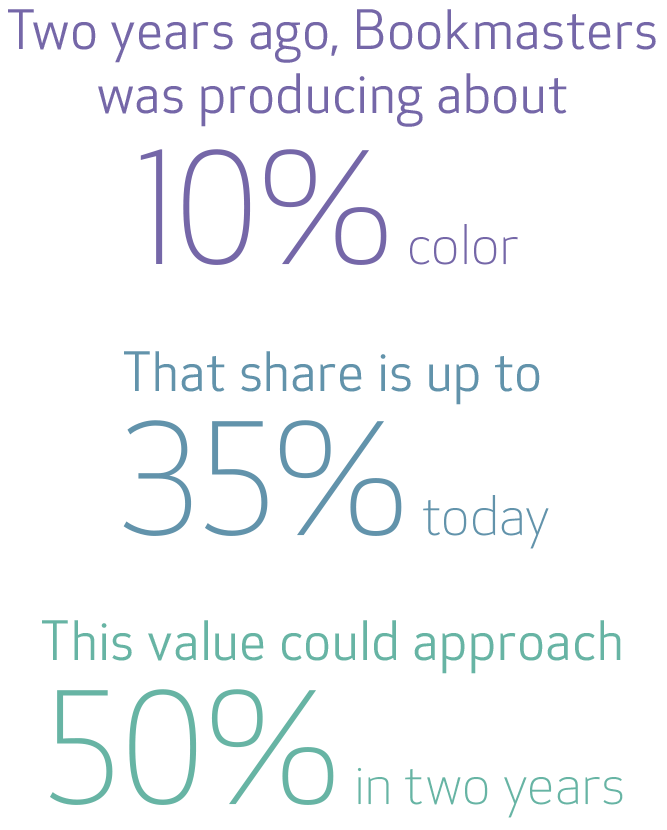Generate Book Demand And Optimize The Supply Chain
GENERATING DEMAND AND DELIVERING SUPPLY ARTICLE
All writers want to attract a wide audience to read their books. Authors and publishers must select the best combination of communication channels (e.g., print, mobile, social, public relations, and online) to generate excitement about their offerings. Today’s publishers must ask themselves — how many books will sell, and in what format (print or digital)? Unfortunately, the answers to these questions are not always cut and dry. Everyone wants to achieve an equilibrium where supply matches demand.
Everyone wants to achieve an equilibrium where supply matches demand.
In the Canon Solutions America-sponsored webinar entitled “Generating Demand; Delivering Supply,” presented by Book Business and Printing Impressions magazines, Barb Pellow (group director of Keypoint Intelligence — InfoTrends) collaborates with Penny Sansevieri (CEO of Author Marketing Experts) and Ken Fultz (general manager at Bookmasters) to explore how authors and book publishers can strike a balance between supply and demand in today’s omnichannel world.
Figure 1: Fastest-Growing Digitally Printed Applications by Absolute Page Volume

Source: Digital Production Printing Application Forecast: 2015–2020; InfoTrends 2016
To kick off the webinar, Barb Pellow talks about “The Publisher’s Dilemma,” which states that every book is a gamble because demand is difficult to forecast.
Producing too few books will mean a shortage, but producing too many will result in boxes of unread books taking up space and collecting dust. Fortunately, today’s production digital printing methods may provide an answer. “Production digital means that publishers can meet distribution channel requirements more effectively with shorter, ‘just in time’ runs,” Pellow explains. “Printing books as needed supports the publisher’s need to warehouse books in digital formats while also solving warehousing and distribution issues, effectively eliminating The Publisher’s Dilemma.”
The transition to digital is particularly strong in the book market. According to InfoTrends’ research exploring the migration to digital among a variety of applications, books are expected to show the greatest increase by far in terms of digital page volume.
In today’s omnichannel world, consumers’ attention spans are getting shorter and shorter. Capturing attention and creating demand for books requires a new strategy. Following Pellow’s introduction, Penny Sansevieri shares a variety of strategies for success when it comes to bookselling. According to Sansevieri, many of the struggles that book authors face can often be avoided by making smart marketing decisions. “Today’s authors must be making the best use of all channels, including print, mobile, and social media,” she says. “Paying close attention to what the more successful authors in your genre are doing can give you clues to what might work well for you too. It’s not about being everywhere — it’s about being everywhere that matters.”
Sometimes simply changing a book’s cover can have a dramatic impact on sales. Even when they are viewed on devices, people still judge books by their covers.
Even in today’s digital world, many books are still sold in physical stores, so Sansevieri stresses the importance of creating covers that “sell and don’t repel.” She notes that great books can sometimes be buried in bad covers, in which case a rerelease might be a good strategy. Sometimes simply changing a book’s cover can have a dramatic impact on sales. Even when they are viewed on devices, people still judge books by their covers.
Fultz notes that inkjet technology has increased use of color.

Book reviews are another critical component. “One of the best ways to keep a book alive — long after it has been released — is to keep getting reviews,” Sansevieri says. “Even if your book is four or five years old, current reviews will tell other prospective readers that the content is still relevant. Managing reviews can really improve and extend your book sales.”
Next, Ken Fultz talks about effectively managing the supply chain when selling books. Fultz notes that although Bookmasters’ books have historically been manufactured via offset printing, the advent of high-speed inkjet has enabled the firm to become a significant digital book manufacturer as well. “Several years ago, we saw a need to shift toward digital printing due to the growing demand for shorter runs,” Fultz explains. “Thanks to the rising popularity of inkjet, the cost of manufacturing is coming down. Digital enables us to remain competitive in today’s evolving market. Even after retiring seven toner-based presses, we were still able to increase our capacity by 90 percent, automate our processes, reduce our turnaround times, and better accommodate our SLAs. In many cases, a consumer will have a book in their hands two or three days after their order comes in.”
Fultz also notes that inkjet technology has increased the use of color. “Two years ago, Bookmasters was producing about 10 percent color, but that share is up to about 35 percent today,” he continues. “Furthermore, we believe that this value could approach 50 percent in another two years.”
“One of the best ways to keep a book alive—long after it has been released—is to keep getting reviews.”
—Penny Sansevier
Technology is improving all the time, and it has become increasingly beneficial for book publishers. In the face of uncertainty, it enables risk reduction, reduces time to market, improves cycle time for demand production, creates new opportunities for specialty/self-published books, and delivers bottom-line results.

